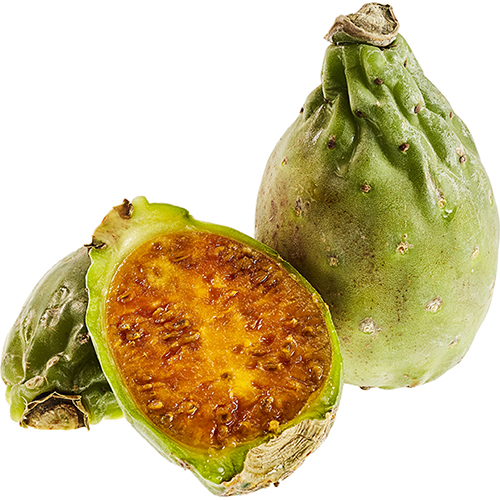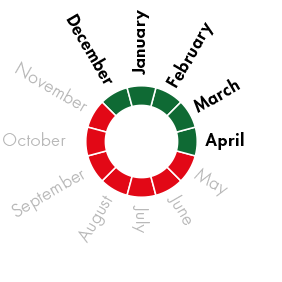







Prickly pears, as their name suggests, have similar hair-like prickles or spines to those of the cactus plants they grow on. These prickles, or so-called called glochids, which are found on the skin, are removed before prickly pears are sold. Nevertheless, it is advisable to wear kitchen gloves when preparing prickly pears as there may be some spines still attached to the fruit - and they can penetrate the skin.
Prickly pears develop from yellow flowers and can weigh c. 200g. The colour of the skin varies from yellow, salmon-coloured and dark brown to red or green. The small, black seeds are also edible. In Mexico, the young leaves of the prickly pear cacti are also eaten. And Mexico is not only the country prickly pears originate from - it is also the main producer of these fruits.